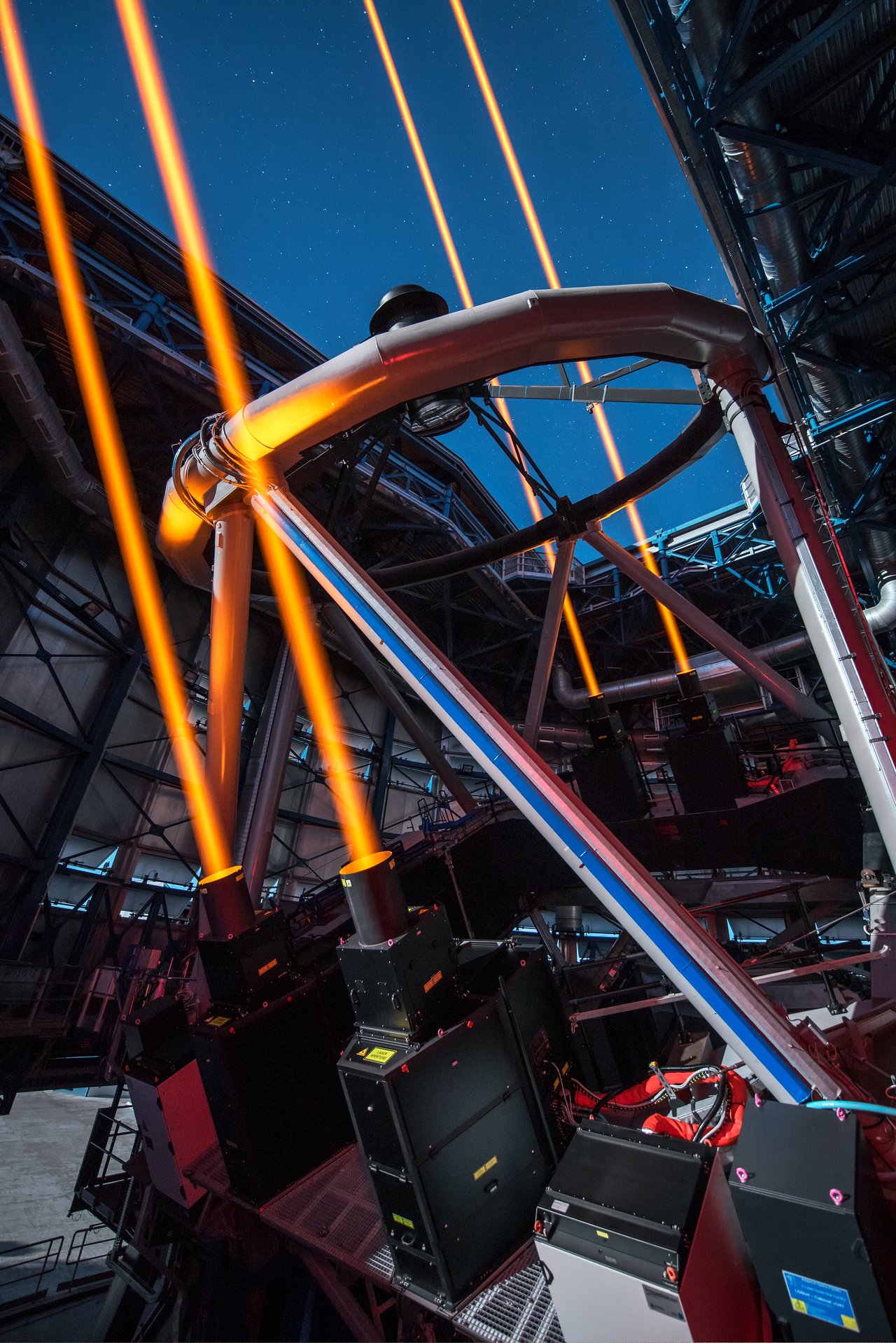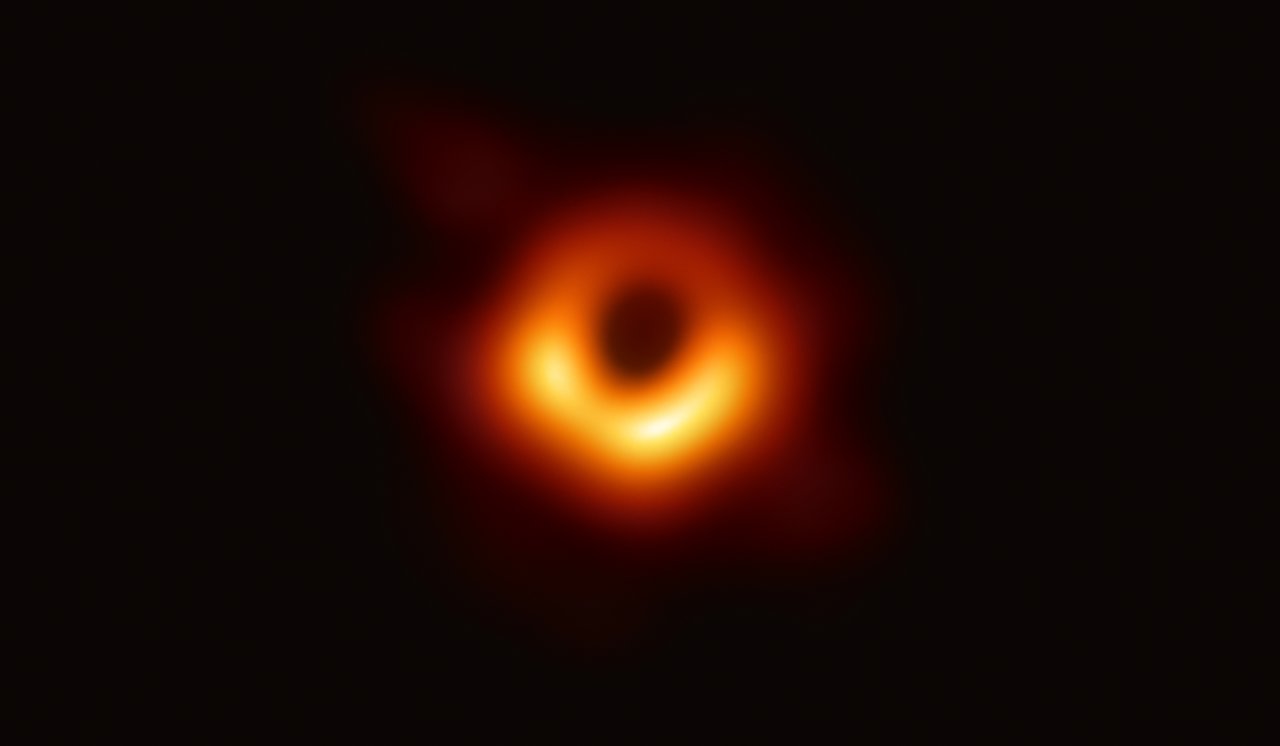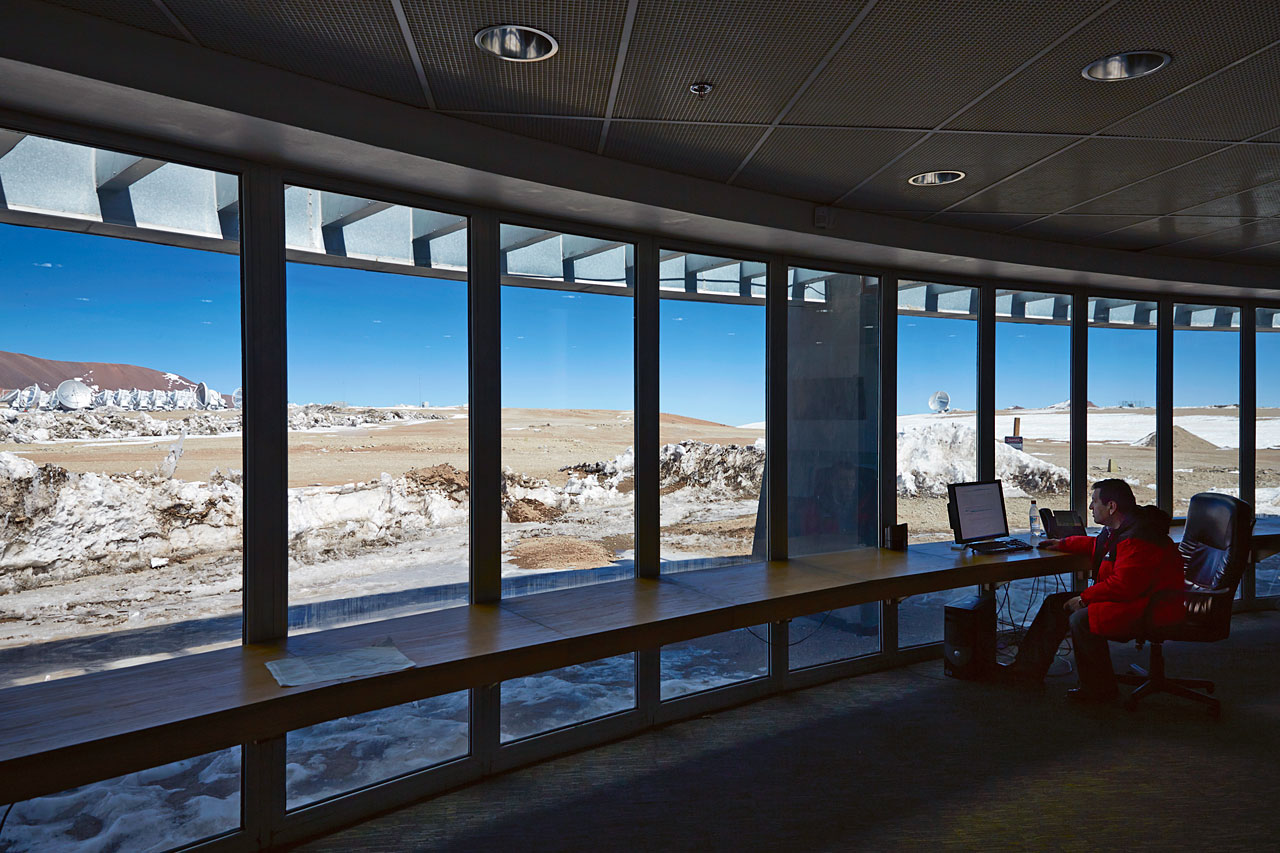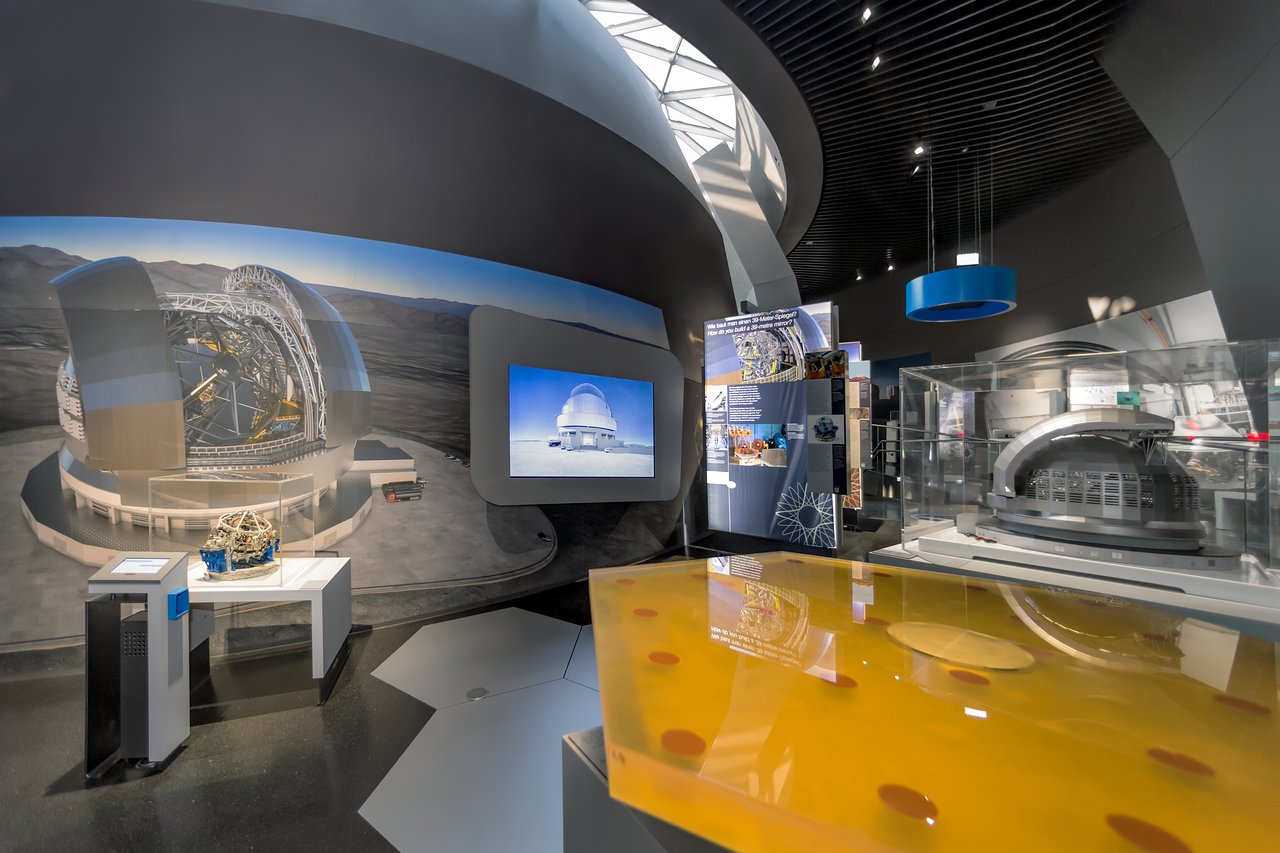- Some of the incredible stories we’ve featured in our first 100 blog posts
- The different categories that our blog posts fall under
Science Snapshots
Our Science Snapshots posts showcase the latest curious or ground-breaking scientific results made by the larger scientific community using ESO telescopes.
After astronomers observed the visible counterpart of a gravitational wave source for the first time ever in 2017, we spoke to two scientists involved about their personal experiences, and why they think the discovery is so important. Then an astronomer and brown dwarf expert told us about her latest research using ESO telescopes, which led her to discover something surprising about how brown dwarfs form that hints at billions of new galactic neighbours. We chatted to a cosmologist who led a project using the VIMOS instrument on the VLT to map the universe in 3D by cataloguing more than 90 000 galaxies, and in the first in a series of blog posts about the centre of the Milky Way, we spoke to an astronomer about what’s so special about the heart of our home galaxy. In 2019 the first ever image of a black hole was revealed, and we heard from three scientists involved in the enormous feat about their role in getting to this result, as well as how it feels to be part of such a momentous discovery. One of the big areas of research at the moment is into exoplanets and more recently we interviewed an astronomer about how he uses ESO telescopes to search for baby planets forming around young stars.
HighTech ESO
Our HighTech ESO posts let you discover the technological achievements of ESO and industry that are driving forward new astronomical research.
Our posts about ESO’s cutting-edge technology have covered a huge variety of topics, including how we plan to protect the upcoming Extremely Large Telescope (ELT) from earthquakes using specially-developed seismic technology. Speaking of the ELT, we also described how we are using wind tunnel tests to prepare the telescope to operate safely on the mountain. The view of our latest telescopes is sharpened with laser guide stars; one of our blog posts explained how ESO is developing and testing technology to make laser guide stars even brighter. We also told the story of how the MUSE instrument on the Very Large Telescope (VLT) is able to pick out individual stars in other galaxies using “spaxels”, as well as a surprising story of detective work that resulted in parts of a telescope effectively being wrapped in black tape.
Science@ESO
Our Science@ESO posts highlight the latest cutting-edge science carried out by ESO astronomers.
Of the enormous amount of fascinating science being done by our astronomers, it’s been tough to select a few stories to tell through the blog. We interviewed one of our Fellows to find out about his work on hunting for planets orbiting other stars, including how the upcoming ELT will contribute to finding other worlds, and another Fellow explained how he uses dwarf galaxies to test the standard cosmological model. We told the story of how a cosmic neutrino was traced back to an extragalactic origin source for the first time ever and in a visit to one vital area of ESO’s work, we delved into our science data archive, which astronomers can use to discover more about the Universe. We found out how a team of over 200 scientists took the first ever photo of a black hole, including discovering how ESO was involved through the ALMA and APEX telescopes, and the personal accounts of two astronomers working at the forefront of this project.
On the Ground
Our On the Ground posts provide an insight into the operations of ESO’s sites, facilities, and advanced ground-based telescopes.
As soon as a telescope gets the green light to be developed, the process of searching for a new home begins; in one of our posts we spoke to two ESO “Site Testers” about what they have to consider when choosing a location for a telescope. An ESO Fellow took us behind the scenes during one of her night shifts observing with the VLT, and we chatted to the Programme Manager of the upcoming ELT to find out what it takes to build the biggest telescope the world has ever seen. In an interview with the Head of the Logistics and Facilities Management at Paranal Observatory we found out about the environmental challenges ESO faces and what its impact-reduction policies look like. ALMA’s Safety Manager explained why working at the ALMA Observatory 5000 metres above sea level can be dangerous, and how staff adapt to working at such high altitudes. And we found out what it’s like to be a modern-day astronomer observing with the current generation of telescopes.
People@ESO
Our People@ESO posts share the stories of a huge variety of people driving forward the world’s most advanced ground-based astronomy, whether they are scientists, engineers, operators, or working on something else entirely.
We shared what being a scientist working on adaptive optics — the deformation of mirrors to reduce the effect of turbulence in Earth’s atmosphere — at Paranal Observatory involves, covering how it feels to live in such an extreme region. We also spoke to ESO astronomer and candidate astronaut Suzanna Randall about what it takes to train for a trip to space and we interviewed ESO’s high energy astrophysics expert on how her involvement in X-ray space missions fits in with her work at ESO. Our VLT Programme Scientist described his Nobel Prize winning research on the accelerating expansion of the Universe, including what goes on during a Nobel Prize ceremony. Our Director of Operations talked maps, mops and modern technology when we chatted to him about what his work involves and the “father” of ESO’s detectors explained why he has dedicated so much of his working and retired life to developing detectors for ESO’s telescopes. And last year, an ESO PhD Student kept a diary of her fifteen-day trip to observe with the APEX telescope, describing not only what it was like to observe at night, but also about the cultural experiences that come with such a trip.
Letters from the DG
Our Letters from the DG share the thoughts and views from our Director General, discussing ESO’s telescopes, collaborations, and more.
From the desk of the Director General, we’ve heard about how and why ESO explores the cosmos using various telescopes that observe the Universe in many different wavelengths of light. We’ve discovered how and why ESO joins efforts with a wide range of industry partners to bring our ambitious projects to life. We’ve found out how ESO collaborates with fellow science organisation ESA to combine skills, experiences and facilities for the benefit of European astronomy and space science. And our Director General kicked off 2018 by explaining how ESO invests in the future of astronomy through its training programmes.
Outreach@ESO
Our Outreach@ESO posts go behind-the-scenes of ESO’s public outreach efforts, including our public events and updates on the ESO Supernova Planetarium & Visitor Centre.
As part of this series of posts we interviewed an ESO Photo Ambassador about the role of astrophotography in connecting people with astronomy, as well as about the growing problem of light pollution. In April 2018, the ESO Supernova opened. Engineer Max Rößner told us all about what it took to install the centre’s unique planetarium, then ESO intern Stephen Molyneux described his first visit to the centre, including the different shows, exhibits and tours on offer. More recently, we chatted to ESO’s visual artists Martin Kornmesser and Luis Calçada about how they process astronomical images into the beautiful photos that we are used to seeing, as well as how they imagine and illustrate mysterious objects that we can’t even use telescopes to see clearly or directly.
Here we’ve presented just a selection of the many blog posts published so far, and we continue to publish them fortnightly on a variety of topics related to astronomy and engineering at ESO. Follow us on Facebook and Twitter to be the first to find out when new posts are released. Meanwhile, you can explore all of our previous 100 blog posts on the blog section of our website.






